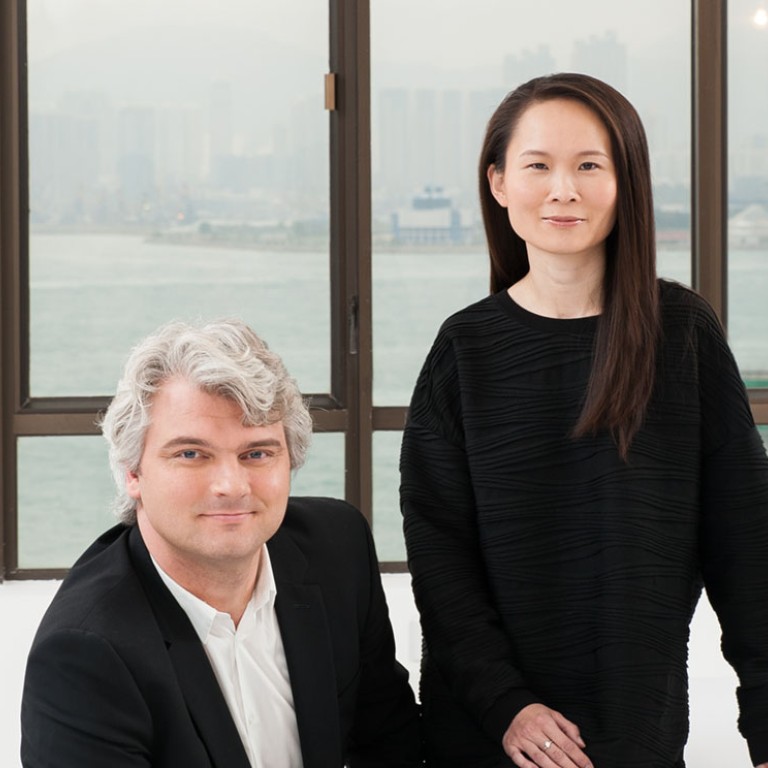
Danish architects take space and light approach
Henning Larsen Architects' projects in China aim to be human-scale rather than monumental to foster a sense of community and well-being
With a population of less than 6 million, Denmark is smaller than many Chinese cities. Yet the rapidly urbanising China needs what the Nordic nation understands so well: how to build sustainable cities.
It also has something China would love: the title of world’s most livable city, awarded to Copenhagen this year and last year by Monocle, the trendy global affairs magazine.
These two aspirations, which go hand in hand, have led Danish architecture firm Henning Larsen Architects to set up in Hong Kong.
The aim of the launch in March, said Mette Frandsen, the company’s chief executive, was to bring Scandinavian architecture to emerging cities across Asia – starting with China, where the company has been engaged in projects for a decade.
Many global architecture firms invoke sustainability these days, but Elva Tang, an architect and Henning Larsen’s Hong Kong general manager, says the Danish difference is that it is inherent. “The Danish model has always been sustainable because of the way they live. It’s a design approach quite different from other Western countries.”
Because of their climate, she says, the Danes start thinking about sustainability in a passive way – such as site orientation and a sensibility to light and space – at the very start of the process.
She deems “active” sustainability, the holy grail of emerging cities, to be the pursuit of LEED certification. “Some just want to get a certificate, but that’s not the case in Denmark. We start from the beginning,” Tang says.
Henning Larsen Hong Kong is currently working on its first China project: a cultural centre in Yuhang, north of Hangzhou. The firm won the project to design a 70,000 sq metre cultural hub, comprising an opera, a theatre, two museums and an art school, in an international competition.
Claude Godefroy, the design director of the Hong Kong office, says the Danish approach to architecture is centred on the well-being of the citizens, rather than extravagant shape and form.
“We care a lot about the quality of the space and the light – simple things we value a lot and work with carefully. This is how we see sustainability in urban development,” Godefroy says. “Many people in the world envy [the Danish] quality of life, and it is all related to urbanism and architecture.
“What we have learned from our own society is how to develop cities, architecture and a political system so that everybody is in a better position.
“This is what we try to do when we approach projects in China: there is a large sense of responsibility for creating spaces where communities can meet, protected perhaps against a difficult climate, in an environment that respects their culture and history.”
To do this, the company tries to bring in a “human scale” to its projects, even though the sheer size of most projects in China is massive.
“For instance, I would break up very large building masses to create [a design] more like neighbourhoods where people can be together, with a sense of community around, inside, and between the buildings,” Godefroy says.
The Yuhang project, for example, takes its cue from ancient platforms discovered nearby, believed to be the root of Chinese civilisation. Henning Larsen linked to that history by designing a large platform overhanging the lake, creating an “almost spiritual” meeting place for a modern society.
Another of the firm’s projects – again a cultural centre, in Foshan – is designed around the local climatic conditions. Two large canopies above the pedestrian areas create “an outdoor public space of grand proportions”, affording the citizens all-weather protection for parades and gatherings, which are a feature of the city’s life.
Designing from the people’s perspective may not be what China’s leaders expect in the race to build iconic, identity-branding landmarks, but it does uphold the traditional value of communities living in harmony.

